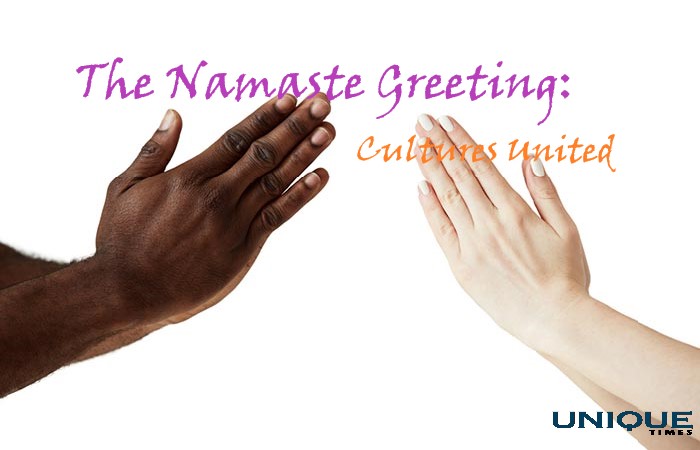Namaste: The Meaningful Greeting Rooted in Sanskrit

Gestures and words carry profound cultural significance, often embodying values, traditions, and respect. One such universally recognized and cherished gesture is the “Namaste.” Derived from Sanskrit, this word holds a wealth of meaning within its simple syllables. It’s more than a casual greeting; it’s a heartfelt expression of respect and humility. In this blog post, we delve into the origins and significance of the Namaste, uncovering the layers of respect and connection that this timeless gesture represents.
- An Expression of Reverence At its core, the Namaste is a gesture of respect and acknowledgment. Rooted in Sanskrit, an ancient language, it encapsulates the essence of bowing with humility and recognizing the divine spark within each individual.
- Transcending Language and Borders Language barriers often dissolve when we encounter gestures that carry universal meanings. The Namaste’s reach extends far beyond its linguistic origin, transcending cultures and nations.
- The Art of the Namaste The Namaste isn’t just a physical action; it’s an art of connecting with another person’s soul. When someone greets you with a Namaste, they are offering a piece of their heart and spirit.
- Cultural Threads and Spiritual Roots The origins of the Namaste trace back to Indian culture and spirituality. It finds its roots in yoga and meditation practices, where it symbolizes the unity of the practitioner’s mind, body, and spirit.
- Namaste in a Modern World As our world becomes more interconnected, the Namaste has found a place beyond its cultural origins. It’s embraced by people worldwide as a way to foster respect, acknowledge shared humanity, and establish connections that go beyond words.
- Beyond a Greeting: A Bridge of Understanding The Namaste offers a glimpse into the diverse tapestry of human interaction. It invites us to understand and embrace different customs, creating a bridge that spans the gaps between cultures and fostering a sense of global unity.
Conclusion: The Namaste is more than just a word; it’s a conduit for connection, a symbol of reverence, and a representation of the shared threads that bind humanity. In a world where interactions are increasingly virtual and fleeting, the Namaste offers a moment of mindfulness and genuine connection. It encourages us to see the beauty within others and acknowledge the common thread of our existence. As we bow with the intent of the Namaste, we partake in a tradition that embodies the universality of respect, the profundity of culture, and the simplicity of a heartfelt greeting.
Picture Courtesy: Google/images are subject to copyrigth








